Buying a portable stage is easier when you know what to look for. The wrong choice can waste money and create problems during events. The right choice makes everything smoother. Focus on these features when making your decision.
1. Size and Height
Choose a size that fits your venue and event needs.
Measure the area where the stage will be used. Consider the number of performers or equipment it needs to support. Some stages are modular, so you can add sections for larger events.
Height is also important. Adjustable legs are a useful feature. They let you raise or lower the platform based on the audience’s viewing needs.
Explore More: Maximising Event Flexibility: Modular Staging Configurations for Every Occasion
Why Portable Stage Height Matters?
Choosing the right portable stage heights is crucial for visibility and safety at any event. Whether you’re hosting a school play, corporate presentation, or outdoor concert, our portable stages offer adjustable height options (0.5m to 1.2m) to suit your venue’s needs. Explore our full guide on portable stage height guidelines to ensure optimal audience sightlines and HSE compliance.
Recommended To Read: How to Choose the Right Portable Stage Size for Your Event
2. Weight Capacity
Check the stage’s weight limit.
A stage must support performers, equipment, and props without risk. For example, a stage for a band needs to hold speakers, instruments, and multiple people. Some portable stages support over 1,000 pounds per platform.
Make a list of everything that will go on the stage. Use this to choose a stage with the required load capacity.
3. Materials
Materials affect durability and portability.
Frames are usually made of aluminum or steel. Aluminum is lighter and easier to move. Steel is heavier but provides extra strength. Decks are often made of plywood or composite materials.
Look for weather-resistant options for outdoor events. Anti-slip surfaces improve safety for performers.
Explore More: How Portable Stages for Public Events Improve Accessibility & Engagement
4. Portability
A portable stage should be easy to move.
Look for foldable designs. Some stages have built-in wheels for added mobility. Compact models are easier to store and transport between venues.
For example, a stage with wheels can be rolled into position without heavy lifting. This reduces setup time and effort.
Explore More: Modular Choir Stage Platforms: Elevate Every Note with Confidence
5. Ease of Assembly
Time is valuable during event preparation.
Choose a stage with simple assembly requirements. Modular systems with locking mechanisms are easier to set up. Avoid stages that require special tools or a large team to assemble.
If you host frequent events, a stage with quick setup features will save hours of work.
6. Storage Requirements
Think about where you’ll store the stage after events.
Compact, stackable designs save space. If you have limited storage, look for models that fold flat. Some stages come with cases or carts for easier transport and storage.
Explore More: Portable Stage Safety Tips: Ensuring a Secure Event Environment
7. Budget
Your budget will guide your purchase decision.
Portable stages are available at a range of prices. Basic models are affordable for small events. High-end models with extra features cost more.
If you’re unsure about investing, compare the cost of ownership to rental fees. Most portable stages pay for themselves within a few events.
Buying a portable stage for sale is a practical investment. Focus on size, weight capacity, portability, and durability. Choose a stage that fits your venue and event needs.
Ready to invest in the perfect portable staging solution? Browse our top-rated portable stages for sale and get event-ready today. or Talk to our event experts for a free recommendation. Find your ideal stage in minutes!
Visit our Website: https://www.portablestage.co.uk/
Call at: 0114 399 2978
Follow us on social platform for the latest trends and insights on event portable staging and portable platforms!
https://www.facebook.com/nexgenstaging
https://twitter.com/portablestaging
https://www.instagram.com/nexgenportable/
https://www.youtube.com/channel/UCHeQ91I5-S7ZsIwEAJWZE8w


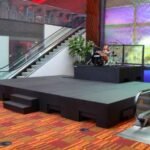

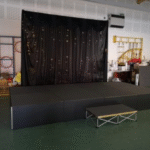
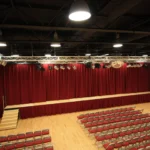




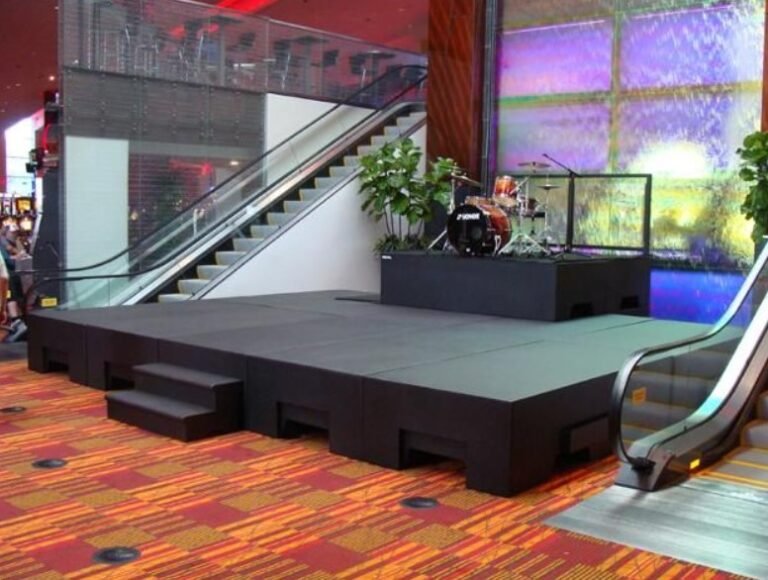


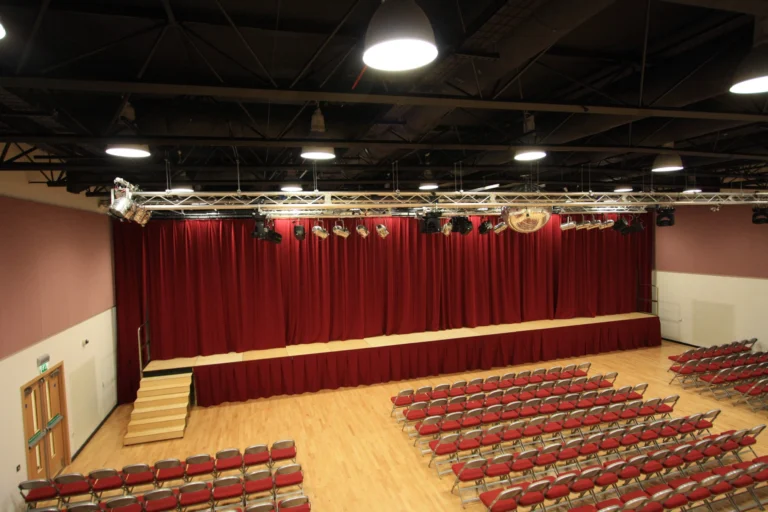



+ There are no comments
Add yours